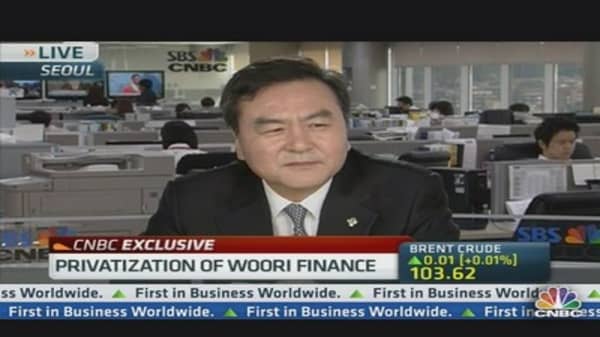Mrs Kim has been thinking about quitting her job at a Seoul brokerage for a while, as she finds it hard to juggle her career and two pre-school children.
Like many South Korean office workers, Mrs Kim leaves home before 7am and returns after 7pm. While long work days are common in Korea – which has the longest working hours in the OECD – they are tough for mothers with young children.
(Read More: South Korean Builders Push Employees to Buy Unsold Apartments)
"Sometimes days pass by without even saying 'hi' to my children when I get too busy," says the 38-year-old. "Then I become more sceptical about continuing my work."
She is not alone. Korean women have to overcome many obstacles at work after marriage and child birth. On top of the long hours, the lack of childcare and the male-dominated business culture force many to leave the workforce.
While Park Geun-hye became South Korea's first female president this year, Korean women still occupy few senior positions in business and politics. Only about 10 per cent of all managerial positions are held by women, and the gender pay gap is 39 per cent, making it the highest in the OECD.
According to McKinsey, female representation on corporate boards is just 1 per cent, compared with 2 per cent in Japan and 8 per cent in China. Underscoring the challenges, most female Korean executives are either the children or grandchildren of the founders of their company.
"Many foreign executives say that Korean women seem to be smarter than men with high communication and adaptation skills," says Kim In-hye, head of the Seoul office of Russell Reynolds, an executive recruitment group. "However, many women here still work in the back office rather than the business front lines as they prefer stability to risk-taking."
The OECD cites the marginalisation of women as a key weakness in the Korean economy, which is struggling to return to higher growth. The country faces looming labour shortages, with the OECD forecasting a decline in the working age population from 2018 due to the low fertility rate – the lowest in the developed work with families having on average 1.2 children.




